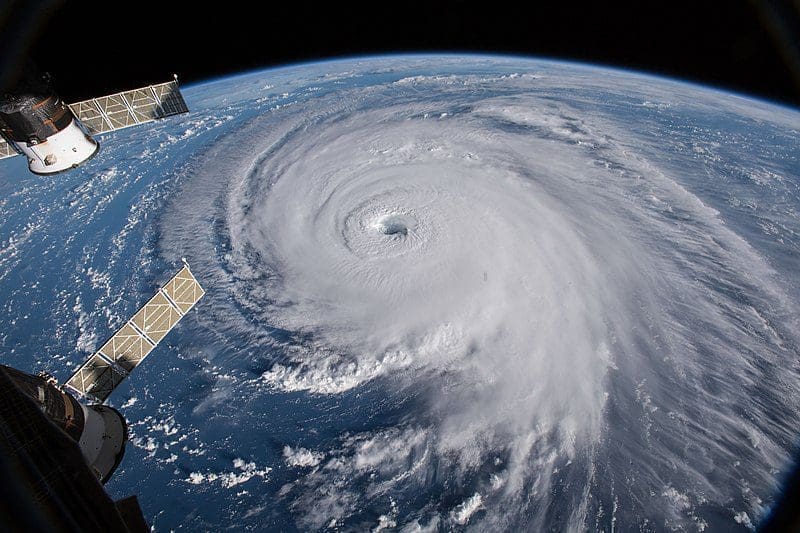
Hurricane season is around the corner, and it’s important to start preparing for potential storms. One essential aspect of hurricane preparation is knowing when to put up your hurricane shutters. In this blog post, we’ll discuss the various categories of hurricanes and their potential impact on your home or business. We’ll also highlight why proper preparation is crucial, as well as provide guidance on when you should install your hurricane shutters to keep yourself protected during a storm.
Understanding Hurricane Categories
Knowing when to put up your hurricane shutters is crucial for protecting your home or business during an incoming storm. Generally speaking, it’s recommended that you install them as soon as there is a possibility of high winds, regardless of the hurricane category. By doing so early on, you’ll have peace of mind knowing that you’ve taken necessary precautions and reduced potential damage from flying debris and other hazards caused by severe weather conditions. Many people in North Carolina and South Carolina tend to wait to the last minute and are rushing to nail plywood or put up panels in difficult conditions.
Hurricanes are classified into five categories based on their wind speed, with Category 1 having the lowest wind speeds and Category 5 being the strongest. It’s important to understand the differences between these categories because they indicate how much damage a hurricane can cause. For example, a Category 1 hurricane may only cause minimal damage to building structures and businesses, while a Category 3 or higher could result in significant property damage or even pose dangers to human life.
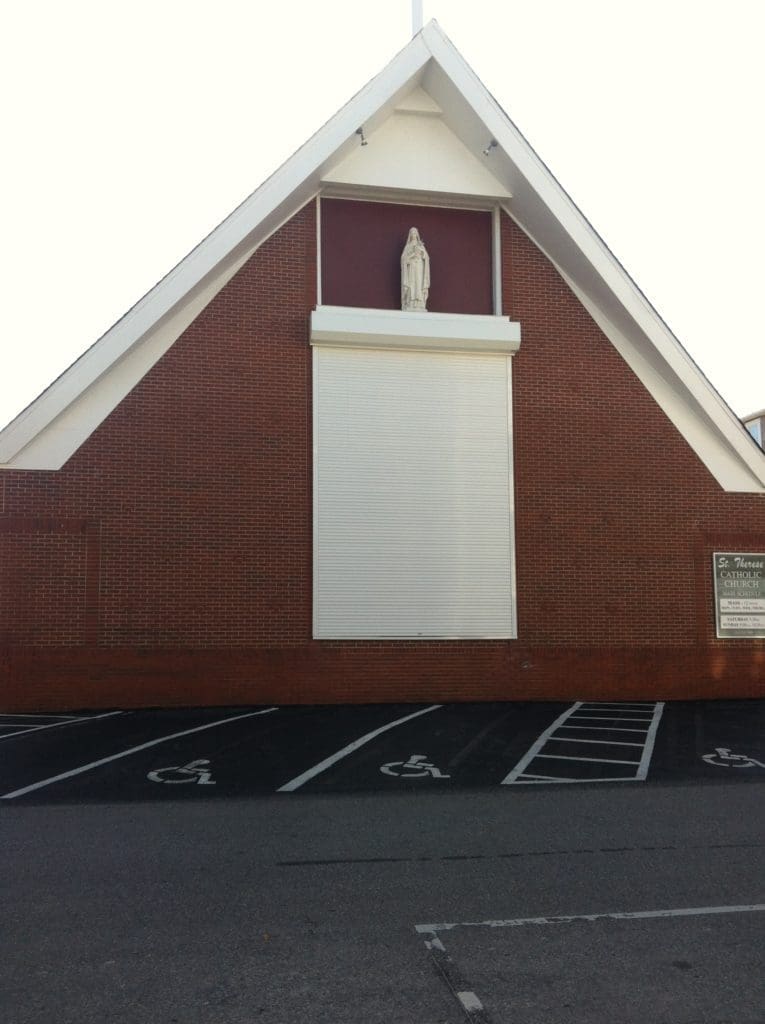
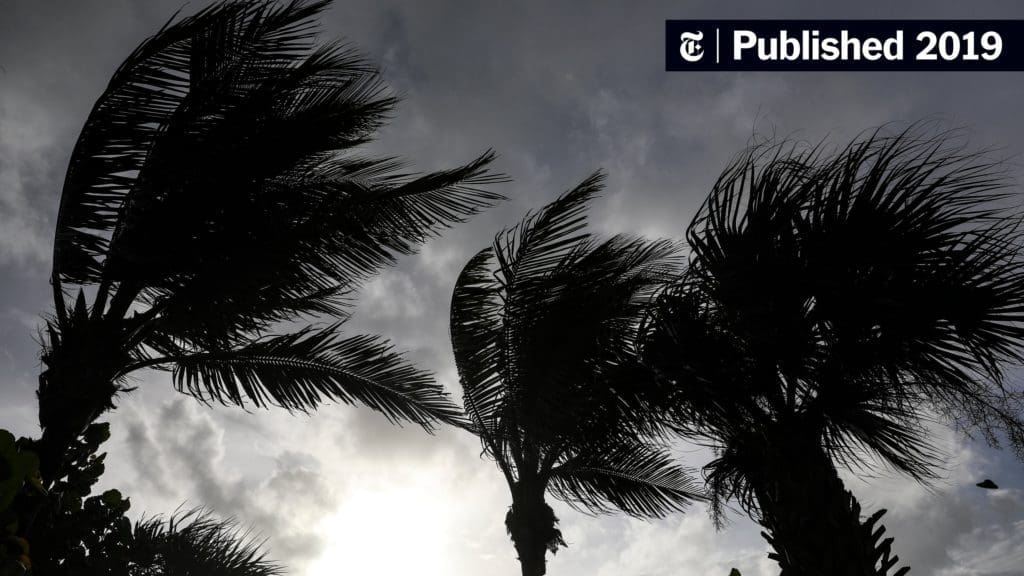
Category 1 Hurricanes
Category 1 hurricanes are the least intense but can still cause considerable damage and dangers. Here are some tips to ensure you’re prepared for a Category 1 hurricane:
- Check local weather reports regularly to stay informed about any changes in the storm’s path or intensity.
- Secure loose items around your home, such as patio furniture or outdoor decor, that could be blown away by high winds and cause damage to buildings or businesses nearby.
- Prepare an emergency kit with essentials like food, water, medications, and first aid supplies in case of power outages or other disruptions.
- If you have hurricane shutters, you can deploy them if they are easy to do so.
Taking these steps will help protect yourself and your property during a Category 1 hurricane. Remember that even storms of lower categories can have significant impacts, so it’s important not to let down your guard when preparing for them.
Category 2 Hurricanes
Boarding up windows and doors with hurricane shutters is an essential step in preparing for Category 2 hurricanes. Plywood is an inferior product and can allow your windows to break from wind pressure behind the barrier. Properly installed and deployed hurricane shutters will prevent potential damage to your building or business from high winds, flying debris, and heavy rain. Reinforcing garage doors is also important as they are often vulnerable to strong winds that can cause significant damage.
Consider evacuating if you are in a vulnerable area where dangers such as flooding or storm surges are expected. It’s crucial to plan ahead of time when deciding whether to evacuate or stay since waiting until the last minute could put you in harm’s way.
Remember these key points:
- Board up windows and doors (shutters preferable)
- Reinforce garage doors
- Consider evacuating if in a vulnerable area

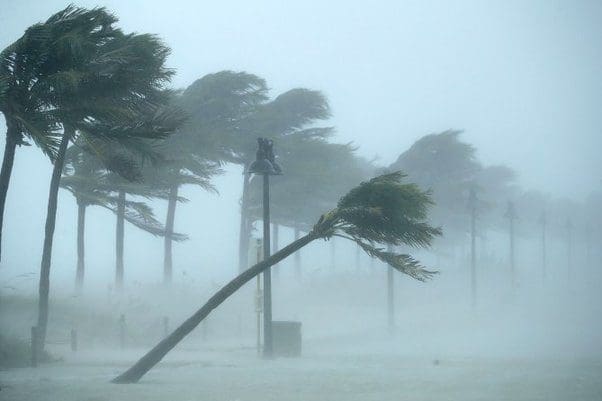
Category 3 Hurricanes
Category 3 hurricanes can cause significant damage to buildings and businesses, and it’s important to take necessary precautions to protect against potential dangers. Here are some steps you can take when preparing for a Category 3 hurricane:
- Put up hurricane shutters on all windows and doors: This will help prevent damage from highspeed winds and flying debris. Some people believe smaller hurricanes are too weak to need to waste time deploying hurricane shutters, however Category 3 storms are very powerful and can cause loss of life and vast property damage.
- Fill sandbags or deploy flood protection to protect against water: Place them around the perimeter of your building or business to keep water out.
- Make sure generators are properly installed and fueled: In case of power outages, having a generator ready can ensure that essential equipment continues running.
- Prepare to evacuate if necessary
Being proactive in preparing for a hurricane is crucial. Don’t wait until the last minute – plan ahead so that you’re fully prepared before disaster strikes.
Category 4 Hurricanes
Category 4 hurricanes are extremely dangerous and can cause massive damage to buildings and businesses in its path. It is important to take precautions beforehand to minimize potential dangers. Here are some tips for preparing for a Category 4 hurricane:
- Deploy hurricane shutters on all windows and doors well in advance. Storms often change directions at the last minute, and the winds will increase too quickly for your to manage.
- Check for any penetrations in the home and repair if possible as small holes can pressurize your home and lead to the roof lifting off
- Deploy flood protection- whether it be sandbags or flood walls
- Bring evacuation bag with you in the event you are stranded without a hotel
- Evacuate if ordered to do so by authorities as soon as possible to evade traffic
These measures can greatly reduce the damage caused by a Category 4 hurricane, but it is crucial not to wait until the last minute before taking action. Stay safe and be prepared!
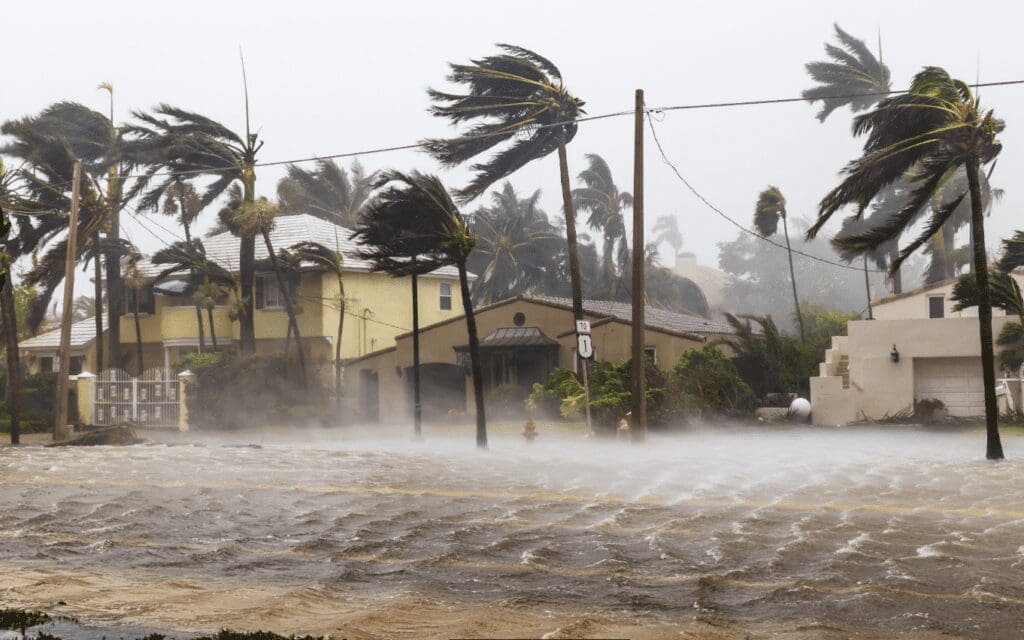
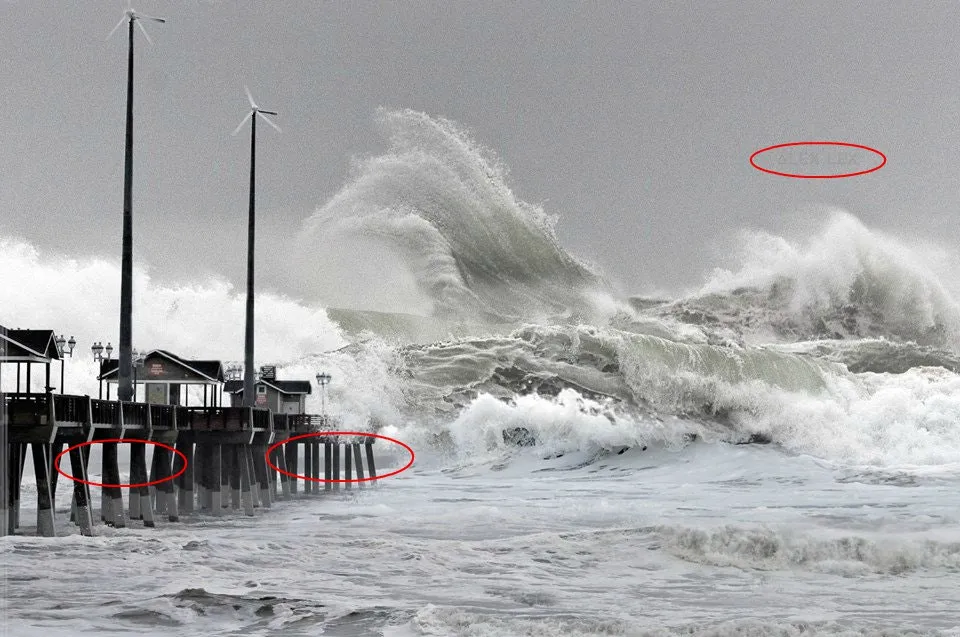
Category 5 Hurricanes
During a Category 5 hurricane, the dangers are severe and immediate action is necessary for your safety. Follow evacuation orders immediately to ensure you are out of harm’s way. In addition, take preventative measures such as removing any outdoor objects that could become projectiles during high winds. Ensure you have emergency supplies ready, including water, food, flashlights and batteries.
Here are some key steps to take when preparing for a Category 5 hurricane:
- Like a Category 4, please deploy your hurricane shutters far in advance, so you are able to deploy them in calm conditions and not be placed in a dangerous situation if deploying the hurricane shutters takes too much time to evacuate in a timely manner or forces you to be on a ladder in high winds.
- Follow evacuation orders immediately, taking care to evade major choke points of traffic
- Remove any outdoor objects that could become projectiles during high winds
- Deploy shutters, and move the furniture you are able to to higher ground
- Have emergency supplies ready, including water, food, flashlights and batteries
The Importance of Preparation
Hurricane season can be stressful for homeowners, especially those living in regions prone to severe weather conditions. One of the most crucial steps in preparing your home and protecting yourself during a hurricane is knowing when to put up your hurricane shutters. Waiting until the last minute could result in damage to your home or even injury to you or your loved ones.
It’s important to keep an eye on weather reports and forecasts as soon as there is a potential threat of a hurricane. Don’t wait until it’s too late – putting up hurricane shutters should be done well ahead of time, ideally before the winds start picking up. By being proactive and prepared, you can rest easy knowing that you’ve taken necessary precautions to secure your home against any potential damage caused by hurricanes.
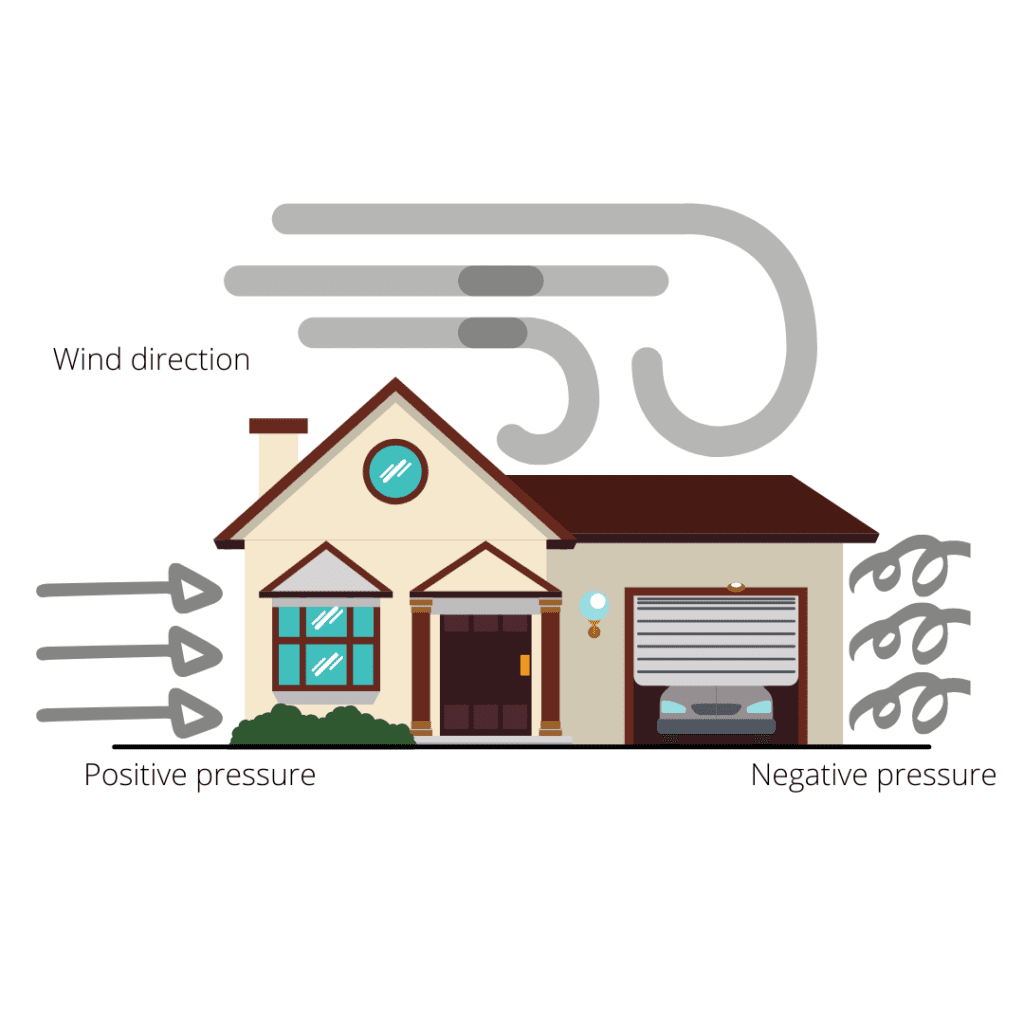

Protecting Your Home
Understanding the risks of hurricane season in your area is crucial to protect your home. Assessing potential damage to your property beforehand allows you to prepare and take necessary precautions before a storm hits. Identifying vulnerable areas or weak spots in your home can prevent any further damage during a hurricane. North Carolina and South Carolina seem to be attracting storms in a stronger and more frequent fashion, so it is your duty to yourself and your family to know how to keep everyone safe.
To ensure full protection for yourself, family and property, here are some tips:
- Check with local authorities or weather services on when to expect hurricanes
- Inspect the exterior of your house regularly for damages that need repair
- Install shutters on all windows and doors
- Reinforce garage doors
- Trim trees surrounding your home that may cause damage if they fall during high winds
Remember not to wait until the last minute! Taking action early will give you peace of mind and help secure safety during a storm.
Securing Your Hurricane Shutters
Choosing the right type of shutters for your home is vital to ensure maximum protection during hurricane season. Inspecting and maintaining your shutters throughout the year can also help prevent any damages or malfunctions when you need them most. When it’s time to install your shutters, always follow the manufacturer instructions carefully.
Here are some tips on securing your hurricane shutters:
- Consider factors such as cost, durability, ease of use and aesthetics when choosing which type of shutter to install.
- Regularly inspect and clean all components of your shutters including tracks, hinges, bolts and screws.
- Lubricate moving parts with a dry silicone spray at once or twice a year.
- Check for any signs of rust or corrosion on metal components.
- Test out shutting mechanisms before hurricane season starts.
- Deploy shutters before the wind increases, to reduce the risk of injury.
By taking these steps, you can rest easy knowing that you have done everything possible to secure your home against potential storm damage.
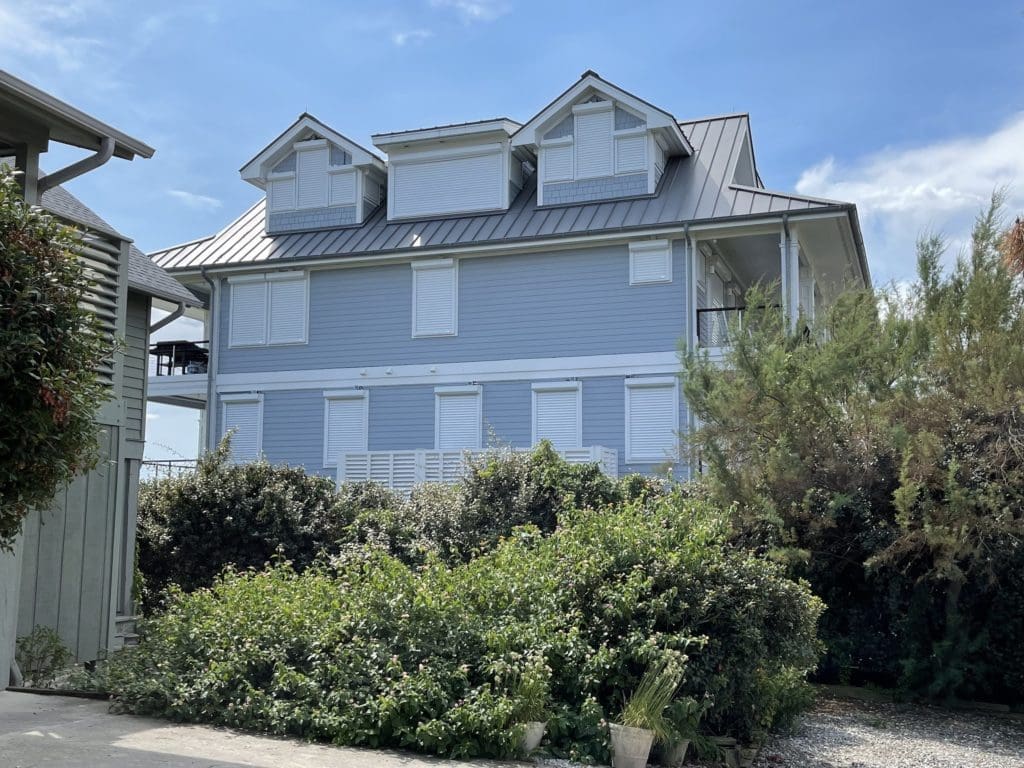
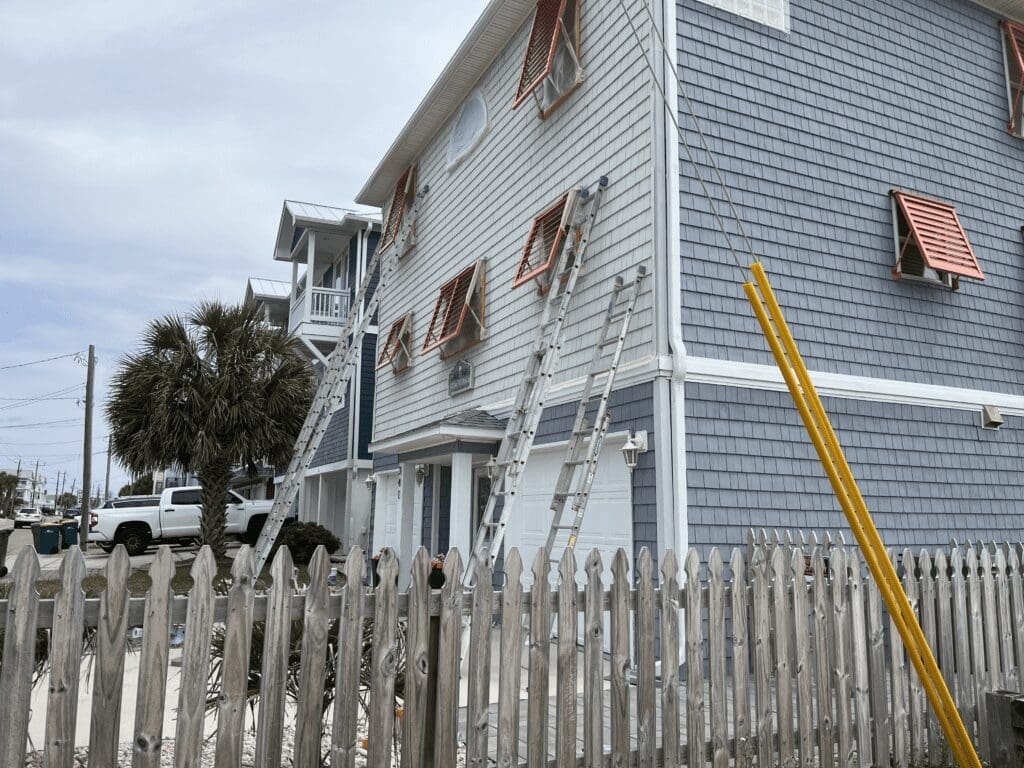
When to Put Up Your Hurricane Shutters
When a hurricane watch is issued, it’s time to start preparing; this means gathering necessary supplies and ensuring that your shutters are ready to be installed at any moment. Once a hurricane warning is issued, it’s important to have already deployed your shutters or have them readily available. If you’re not sure whether or not to install your shutters, it’s always better to err on the side of caution and put them up as soon as possible.
When a Hurricane Watch Is Issued
Here are some steps you should take:
- Check the forecast for your area: Stay informed about weather updates and be aware of any potential evacuation orders.
- Inspect your shutters to ensure they are in good condition: Don’t wait until the last minute to make sure your shutters will protect your home.
- Start preparing your home and gathering supplies: Stock up on essentials like food, water, and batteries so that you’re ready if the storm hits.
- Stay appraised of the storm: Hurricanes can pivot at the last minute and put your home directly in the path of the storm. Deploy your shutters early and keep and eye on the weather using resources like The Weather Channel or the National Hurricane Center.
By taking these steps when a Hurricane Watch is issued, you’ll be better prepared for whatever comes next. Remember: it’s always better to err on the side of caution when it comes to severe weather.
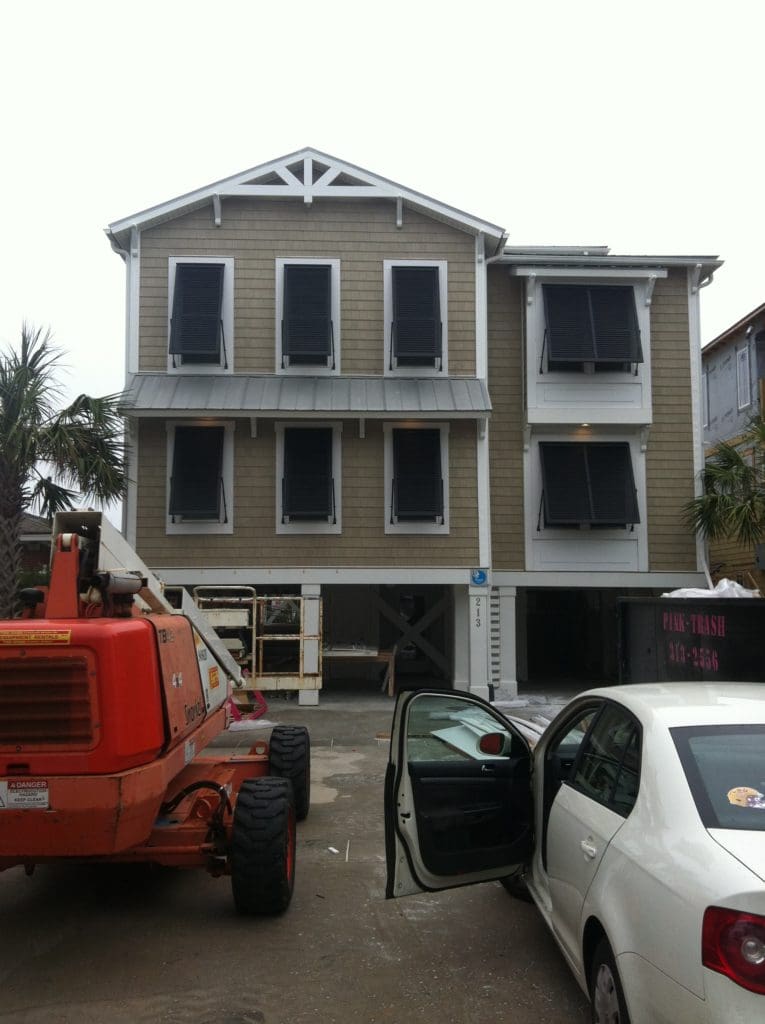

When a Hurricane Warning Is Issued
Here are some steps you should consider taking:
- Put up shutters as soon as possible: The longer you wait, the higher the risk that strong winds will cause damage to your windows and doors.
- Secure any loose outdoor items or bring them inside: Anything that can be picked up by heavy winds and become a projectile is a danger, so ensure anything outside is secured or removed before the hurricane hits.
- Prepare an evacuation plan if needed: If you’re in an area prone to flooding or storm surge, have a plan ready for when you need to leave. Know where your closest emergency shelters are located.
By following these simple steps, you can help protect yourself and your property during hurricanes. Remember – it’s always better to err on the side of caution when preparing for natural disasters.
When You’re Not Sure
Monitor updates from local authorities and weather services closely to stay informed about potential storms in your area. If you feel uncertain of the storm’s path or severity, consider putting up shutters as a precautionary measure.
Here are some important things to keep in mind when you’re not sure if it’s time to put up hurricane shutters:
- Keep track of any hurricane watches or warnings issued by local authorities
- Stay updated on weather conditions and forecasts through reliable sources
- Have an emergency plan ready, including evacuation routes and necessary supplies
- Monitor any changes in storm tracks or intensities
- It is always better to err on the side of caution to prevent a last minute rush that could get you stuck in traffic or susceptible to damage
Hurricane season can be unpredictable, but being prepared is key. Stay alert and take action when needed to protect yourself and your home from potential harm.

